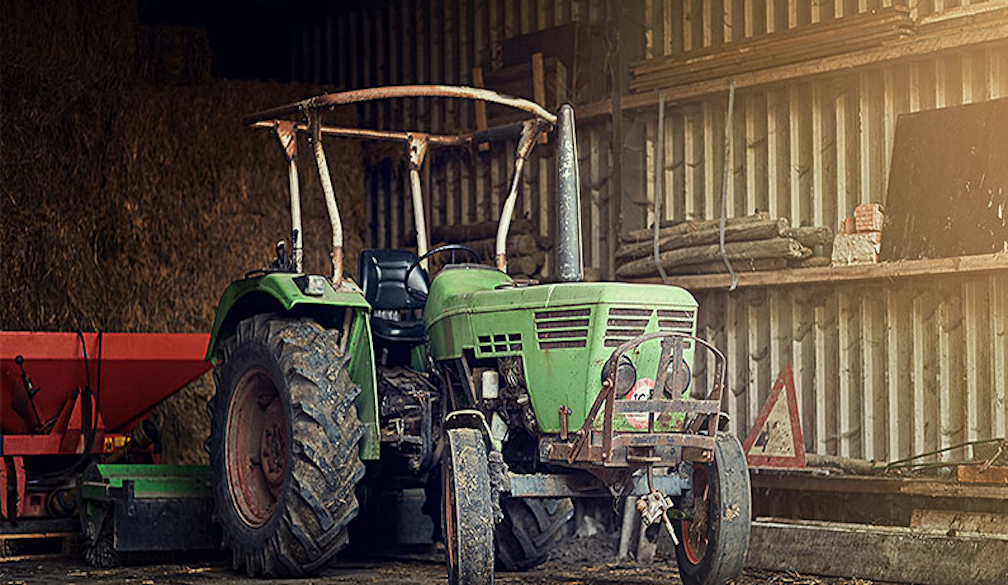Machinery Shed Sizes: How Big Do You Need & What Would Be Fun to Have?

When it comes to agricultural or industrial operations, one of the essential structures on any property is the machinery shed. Selecting the right machinery shed sizes can significantly impact the efficiency and safety of your storage and operational needs.
This guide aims to provide practical advice to help you determine the optimal size for your machinery shed, so you make the most of your investment.
What Factors Influence the Size of Your Machinery Shed?
Assess Your Equipment Size
The primary factor in determining the size of your machinery shed is the size and number of machines you need to store.
Begin by listing all the equipment and vehicles that will be housed in the shed. Consider not only the footprint of each piece of equipment but also additional space for maintenance, repairs, and enough clearance to move around comfortably.
Plan for Future Needs
While your current equipment needs are a starting point, it's also wise to consider potential future purchases. Choosing a slightly larger shed than your current requirements may save you from needing to invest in another shed down the road. It's generally more cost-effective to build a larger space initially than to add on later.
Check Local Building Codes
Before finalising your plans for a machinery shed, it's important to check local building codes and regulations. These may affect the maximum shed size you can build and influence certain design aspects such as height and setback requirements.
Optimal Machinery Shed Sizes for Different Needs
Small to Medium-Sized Machinery Sheds
For small to medium-sized operations, machinery sheds typically range from 12x15 meters to 18x20 meters. These sizes are sufficient for storing smaller tractors, tools, and basic agricultural equipment while providing ample workspace.
Large Machinery Sheds
Larger operations or those requiring storage of multiple large vehicles and machinery might need sheds that are at least 20x30 meters. In scenarios where large combines, harvesters, or extensive construction machinery need accommodation, it might even be necessary to consider custom sizes upwards of 30x40 meters.
Shed Accessibility and Efficiency
Ensure that the design of your machinery shed promotes ease of access and operational efficiency. Consider the placement of doors and the type of doors used; sliding doors or large roller doors might be beneficial for easy movement of large machinery. Also, think about the internal layout, such as the placement of workbenches, storage areas for small tools, and safety equipment.
Maintenance and Durability
When choosing your machinery shed, opt for durable materials that offer longevity and are easy to maintain. Steel sheds are popular in Australia due to their durability, ease of maintenance, and ability to withstand harsh weather conditions.
Choosing the right machinery shed sizes is crucial for maximising productivity and extending the lifespan of your equipment. By carefully considering your current and future needs, adhering to local regulations, and focusing on accessibility and durability, you can select a machinery shed that meets your operational requirements and serves your business well for years to come. Remember, investing in the right machinery shed is not just about storage; it's about creating a functional space that enhances the efficiency of your daily operations.

